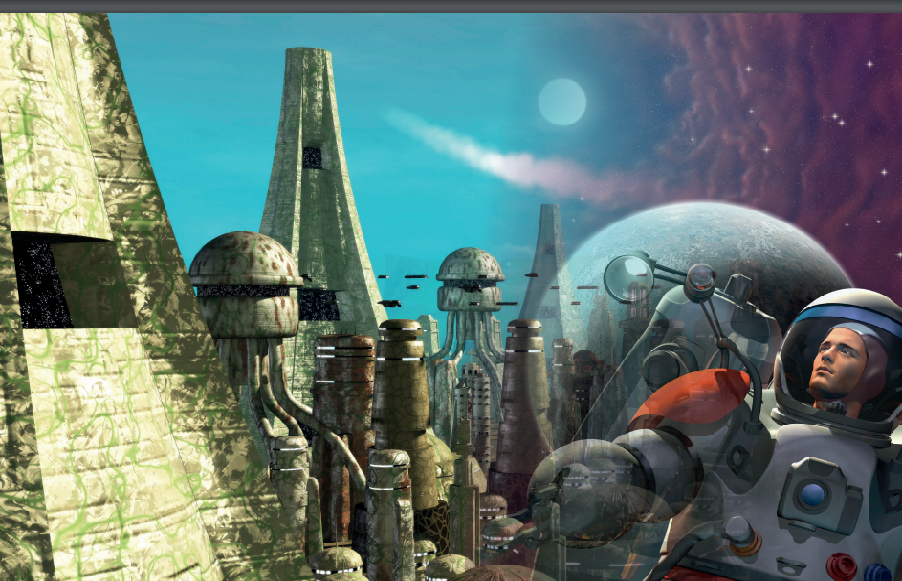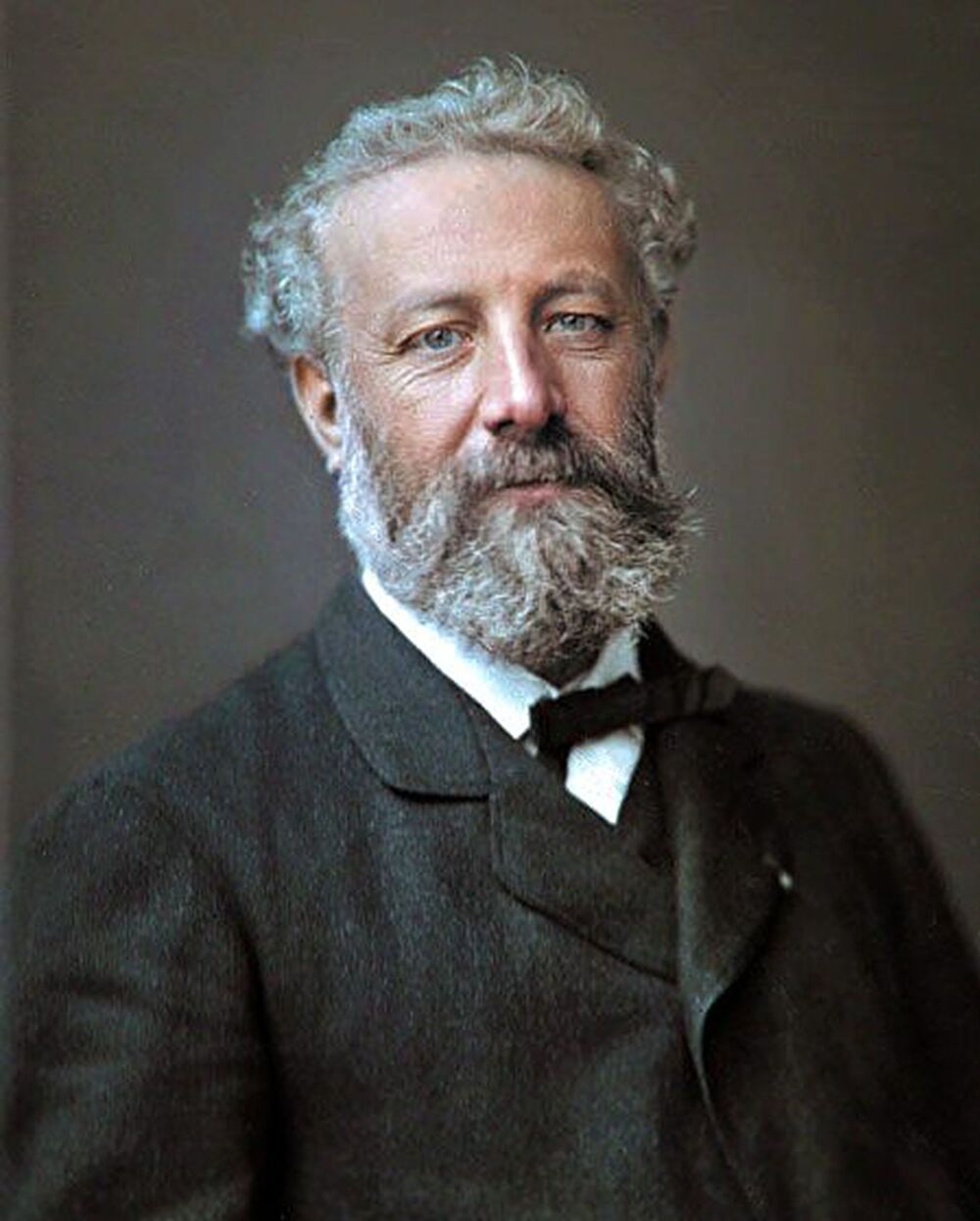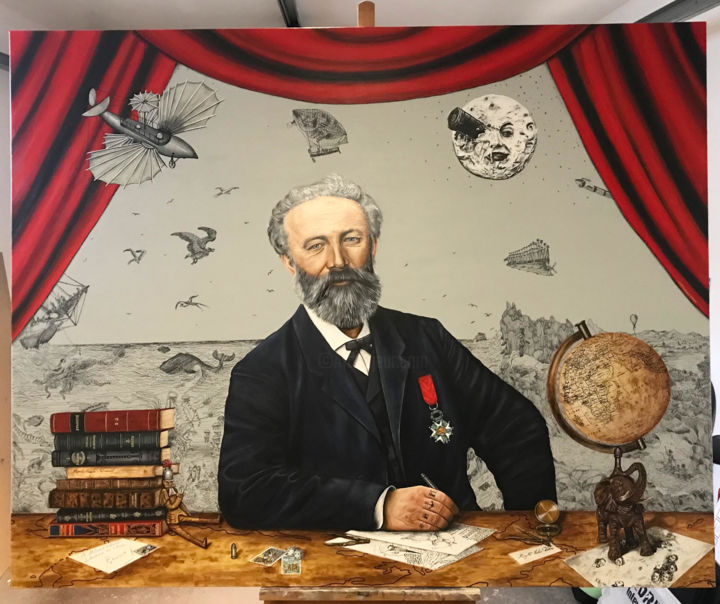Module 3
Lessons 4, 5, 6 and 7
Student’s Book pages 27, 28, 29, 30, 31 and 32
What is science fiction?



Jules Verne
BEFORE READING
Before you start
Look at the pictures. What are they about? Have you ever read a story or watched a film about science fiction? What were they about?
Answers
Students’ own answers
The key words
|
The word / phrase |
The meaning |
The part of speech |
|
alternative |
available as another possibility or choice |
Adjective |
|
principle |
a general truth, law or rule |
Noun |
|
accurate |
exactly right |
Adjective |
|
advance |
progress or development in a field of study |
Noun |
|
rationally |
logically, reasonably |
Adverb |
|
reality |
what is factual and not imaginary |
Noun |
|
Science fiction |
stories about events in the future, dealing with imaginary scientific developments |
Noun |
|
weightless |
having no weight and not being affected by Earth’s gravity |
Adjective |
While reading
The science fiction story
Science fiction or “Sci Fi” deals rationally with alternative possibilities to our everyday reality. Sci Fi uses scientific theories, new scientific principles or new technologies as elements in the story.
A good science fiction story will include the following elements:
• A setting in the future, or in a historical past that is different from the history we know
• A setting in outer space including technology or scientific rules which contradict known scientific theories
There are many arguments about which story was the first science fiction story. However, science fiction as we know it today started with Jules Verne, who wrote exciting adventure stories including amazingly accurate predictions about future science. In From the Earth to the Moon, 100 years before the first Moon landing, he predicted that astronauts would be weightless in space! No one knew this at the time.
Why is science fiction so popular today? Is it just because the stories are exciting? Some people believe that it is popular because it is the literature of change. There have been many technological advances in the past few years, and it is natural for any culture to discuss these and future changes in stories. Some writers’ predictions come true, and it is thrilling to read examples of what our lives might be like.
The text talks about:
- What science fiction is about.
- The first science fiction story as we know it today.
- The things that science fiction writers predict will happen.
After reading
-What does Science fiction or “Sci Fi” deal rationally with?
Science fiction or “Sci Fi” deals rationally with alternative possibilities to our everyday reality.
-What does Sci Fi use in a story?
Sci Fi uses scientific theories, new scientific principles or new technologies as elements in the story.
What will a good science fiction story include?
A good science fiction story will include the following elements:
• A setting in the future, or in a historical past that is different from the history we know
• A setting in outer space including technology or scientific rules which contradict known scientific theories
Who is Jules Verne?
Jules Verne wrote exciting adventure stories including amazingly accurate predictions about future science. In From the Earth to the Moon, 100 years before the first Moon landing, he predicted that astronauts would be weightless in space!
With whom did science fiction start?
Science fiction as we know it today started with Jules Verne, who wrote exciting adventure stories including amazingly accurate predictions about future science.
Why is science fiction so popular today? Explain.
It is just because the stories are exciting. Some people believe that it is popular because it is the literature of change. There have been many technological advances in the past few years, and it is natural for any culture to discuss these and future changes in stories. Some writers’ predictions come true, and it is thrilling to read examples of what our lives might be like.